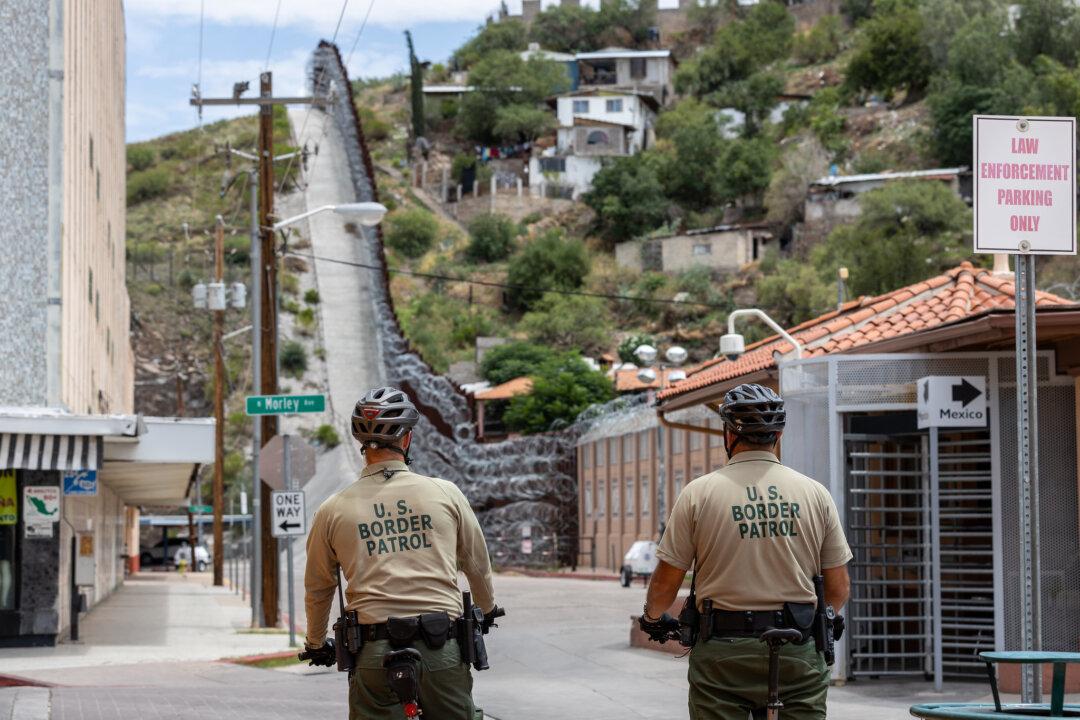Sharing a stormwater drainage system with Nogales, Mexico, means that Nogales, Arizona, is a popular spot for cartels to push their contraband across the U.S. border undetected. The southern Nogales has about six times the population of its U.S. namesake and the city pushes right up against the border fence.
Recently, two tunnels were discovered in Nogales, bringing the Tucson-sector tunnel count to 125 found since 1990. In early December, the first of the two tunnels was discovered when U.S. Border Patrol and Mexican Federal Police collaborated for a routine sweep of the stormwater system.





